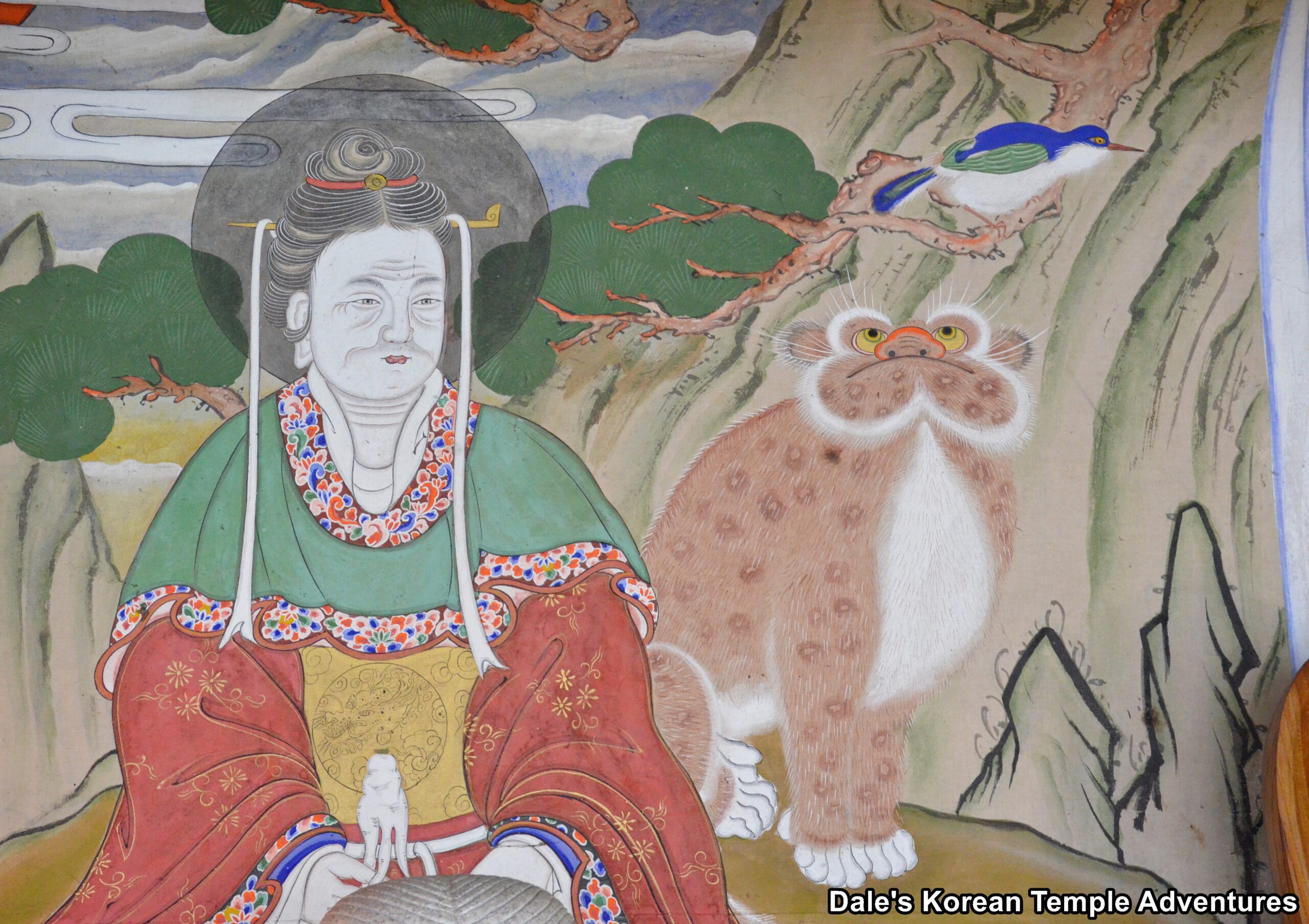
Hermitage History
Geumryongam Hermitage, which means “Golden Dragon Hermitage” in English, is located to the east of Sinwonsa Temple in Gongju, Chungcheongnam-do. It’s believed that the golden dragon that gives the hermitage its name inhabits the cascading stream on the eastern side of the hermitage grounds. Geumryongam Hermitage is one of five hermitages that’s located on the Sinwonsa Temple grounds. All of which are located in Gyeryongsan National Park. Unfortunately, very little is known about Geumryongam Hermitage. However, it does appear as though the hermitage buildings are post-Korean War (1950-1953). Overall, Geumryongam Hermitage exudes a lovely mixture of Buddhism and shamanism.
Hermitage Layout
You first make your way towards Geumryongam Hermitage to the east of Sinwonsa Temple up a twisting-and-turning mountainous road. You’ll need to traverse this road for 500 metres, until you come to the hermitage outskirts. You’ll first pass by the monks’ dorms to come to the Daeung-jeon Hall. The exterior walls to the Daeung-jeon Hall are adorned with colourful Palsang-do (The Eight Scenes from the Buddha’s Life). Stepping inside the Daeung-jeon Hall, you’ll find the compact main altar occupied by a triad of statues centred by Seokgamoni-bul (The Historical Buddha) and joined by Bohyeon-bosal (The Bodhisattva of Power) and Munsu-bosal (The Bodhisattva of Wisdom). Also found inside the Daeung-jeon Hall is an altar dedicated to a green-haired image of Jijang-bosal (The Bodhisattva of the Afterlife) and a Shinjung Taenghwa (Guardian Mural).
To the right of the Daeung-jeon Hall is a fascinating shrine hall with a window that looks out onto the neighbouring stream where the golden dragon that gives the hermitage its name resides. The left exterior wall is adorned with a beautiful mural dedicated to the golden dragon with a white image of Gwanseeum-bosal (The Bodhisattva of Compassion) seated on its back. Stepping inside the shrine hall dedicated to the golden dragon at Geumryongam Hermitage, you’ll find the window that looks out onto the neighbouring stream reminiscent of the one found inside the Daeung-jeon Hall at Tongdosa Temple. To the left of this window, you’ll find a painting dedicated to Dokseong (The Lonely Saint). And to the right of the window is a mural dedicated to Chilseong (The Seven Stars).
To the left of this golden dragon shrine hall, and up a set of stone stairs, is the hermitage’s Sanshin-gak Hall. Housed inside this shaman shrine hall are a pair of paintings dedicated to a male and female Sanshin (Mountain Spirit). What’s interesting is that the curiously and befuddled leopard-like tiger that backs the female Sanshin in the painting is reminiscent of the one found in the historic Sanshin painting at Sinwonsa Temple.
And between these two aforementioned shaman shrine halls, and along a pathway, you’ll find a trail that leads you towards the rear of the golden dragon shrine hall. Here there are pools of cascading water where the golden dragon is thought to reside. You’ll also find numerous altars that shamans use along the edge of the stream, as well as a stone image dedicated to Sanshin. Overall, the entire hermitage has a wonderful shaman vibe to it.
How To Get There
From the Gongju Train Station, you’ll need to take either Bus #205 or Bus #206 to get to Sinwonsa Temple. The bus ride will last around 38 minutes over 24 stops. You’ll need to get off at the Sinwonsa Temple bus stop and then walk 7 minutes, or 500 metres, to get to the temple. From Sinwonsa Temple, you’ll need to head east, which is to the right of the temple, to get to Geumryongam Hermitage. You’ll need to head up a mountainous road for an additional 500 metres to get to the hermitage. There are signs along the way to guide you there.
Overall Rating: 5/10
Geumryongam Hermitage is one of those rare hermitages that has a wonderful shamanic feel to it. While it is Buddhist, the hermitage is heavily influenced by the shamanic feel that surrounds it, along with all the other religious sites, on Mt. Gyeryongsan National Park. There are a few highlights to this hermitage like the shaman shrine hall with a window that looks out onto the stream that’s the purported residence of the golden dragon of Geumryongam Hermitage. Other highlights include the murals dedicated to the female and male Sanshin (Mountain Spirit) inside the Sanshin-gak Hall, as well as the overall vibe of the place. If you’re visiting Sinwonsa Temple, you should definitely make some time for Geumryongam Hermitage, as well.
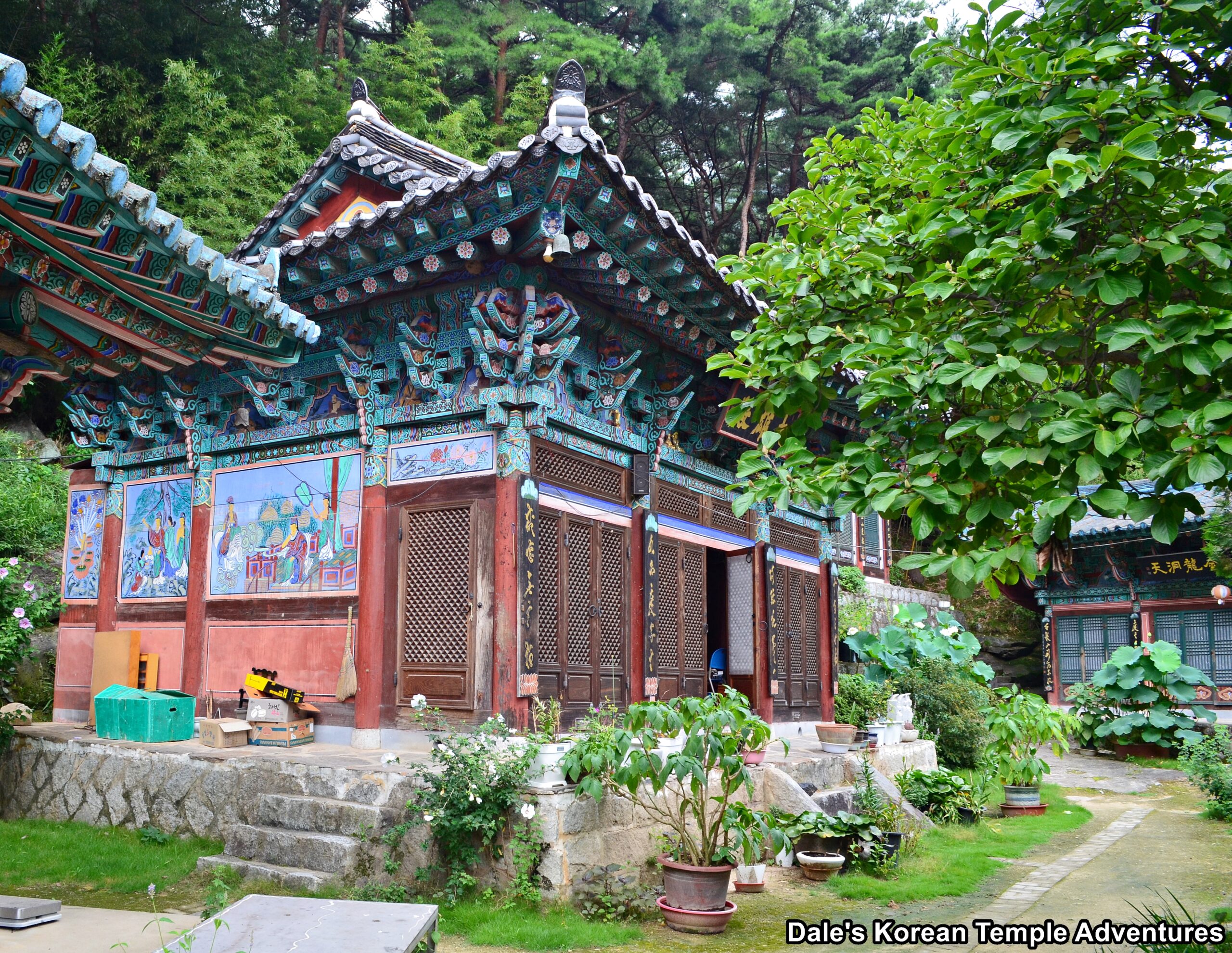
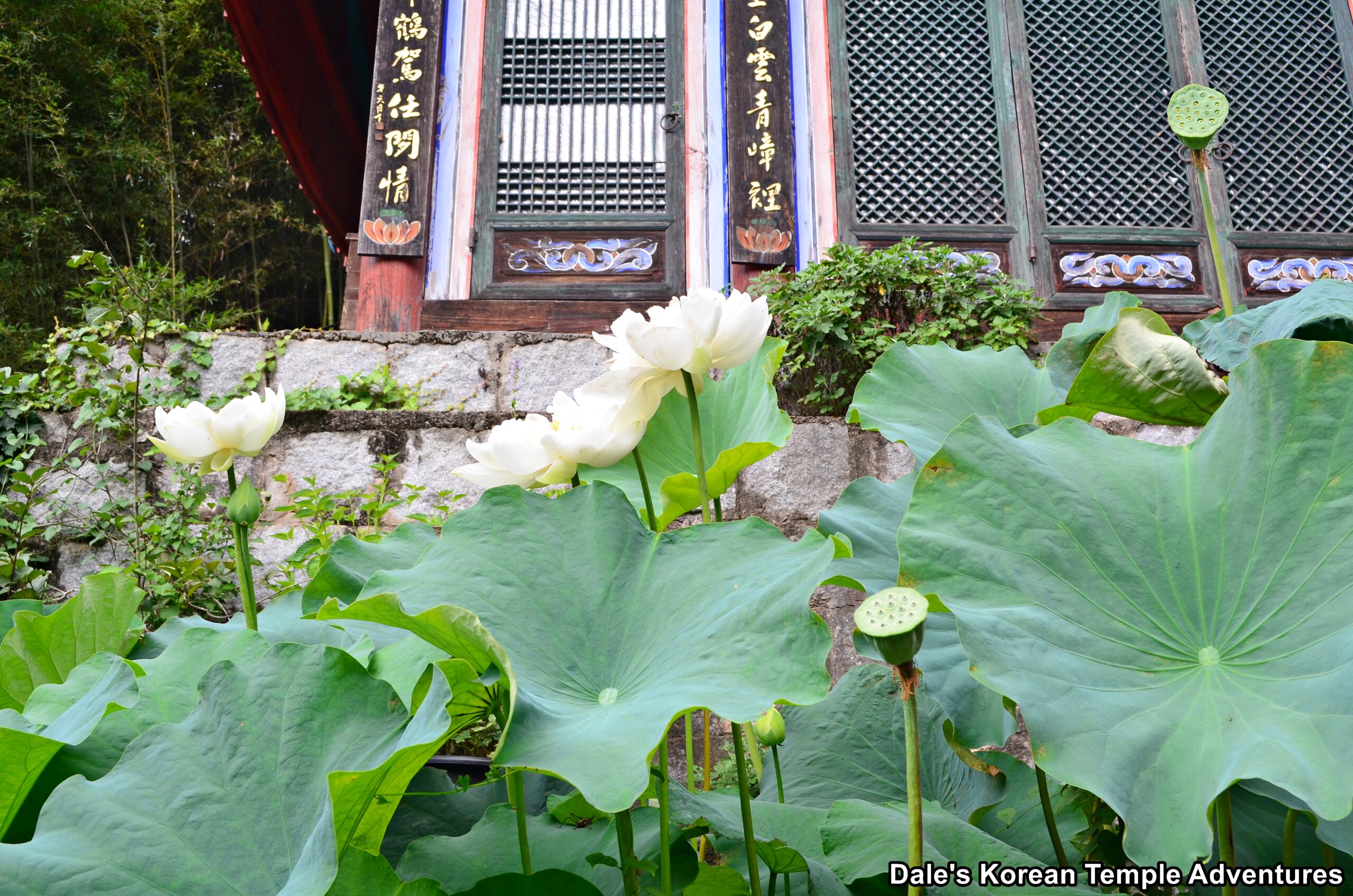
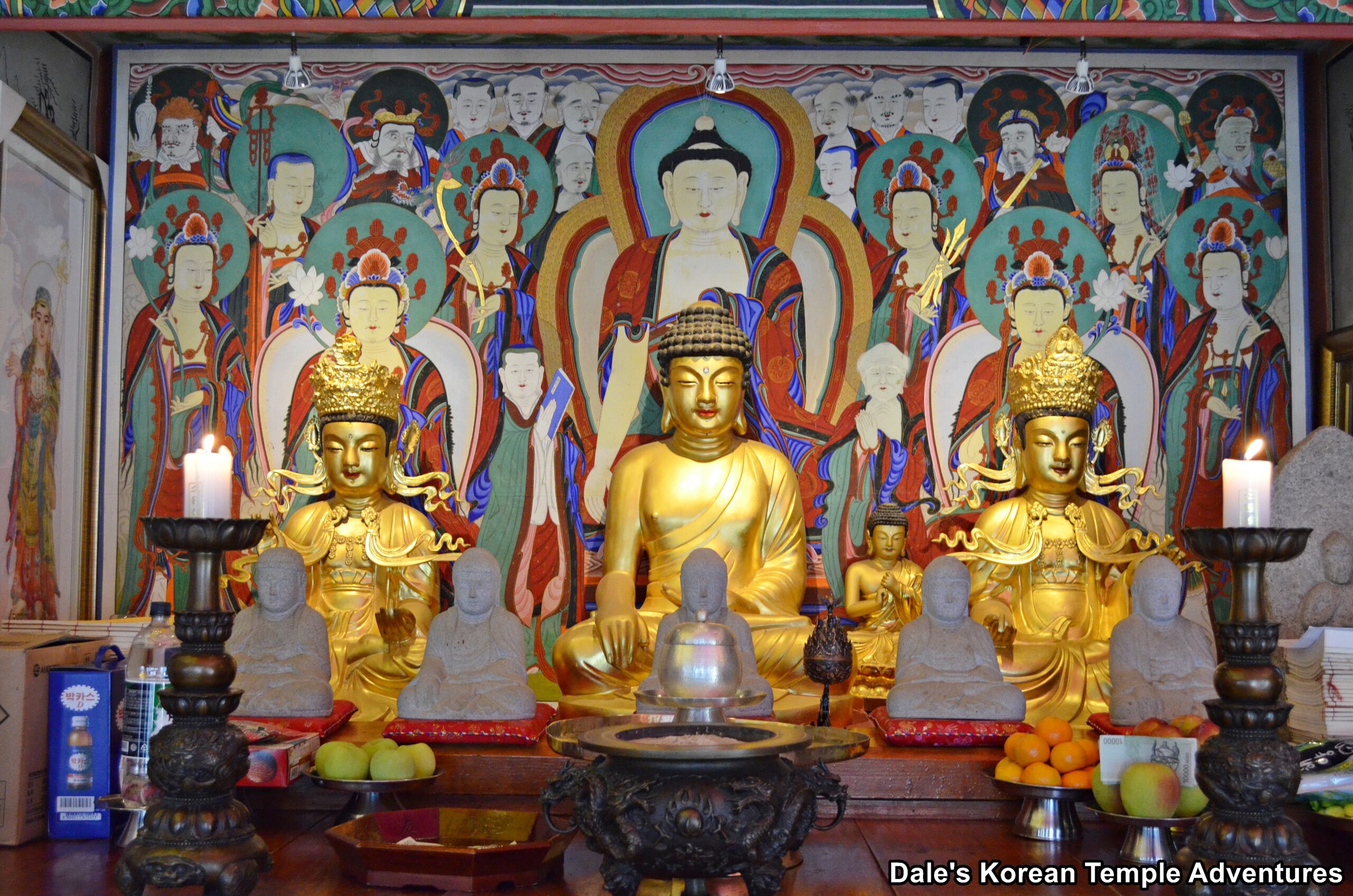
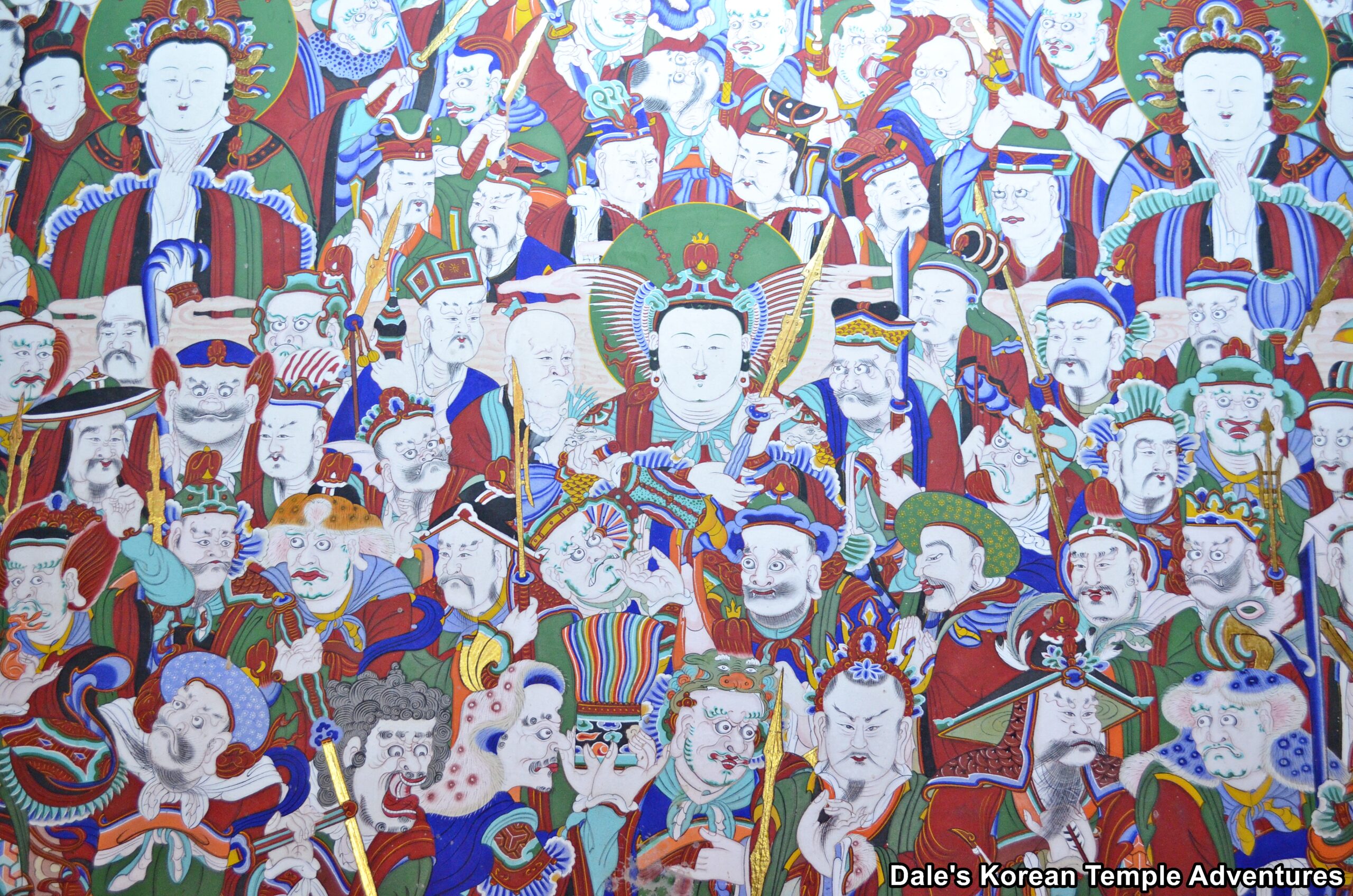
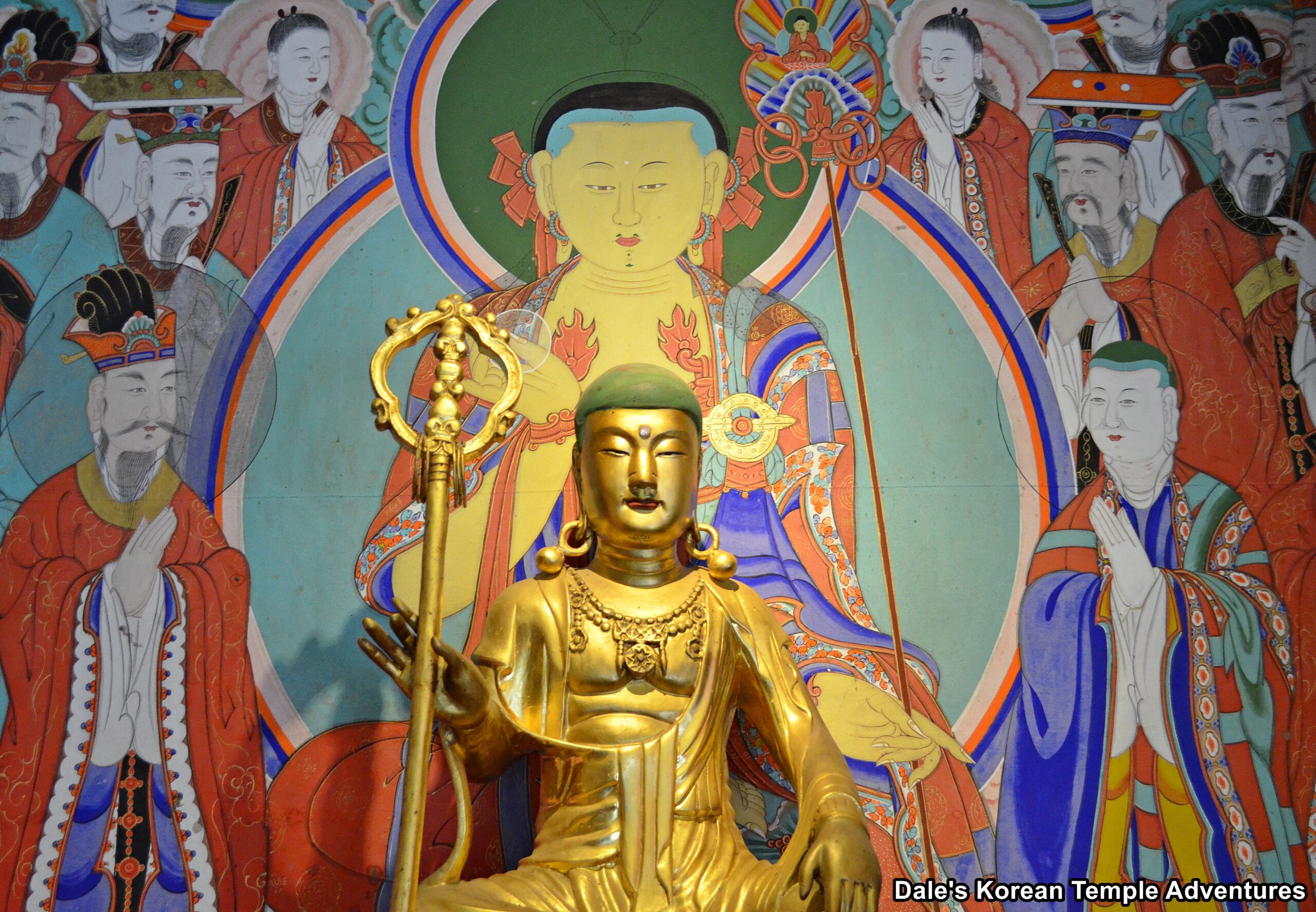
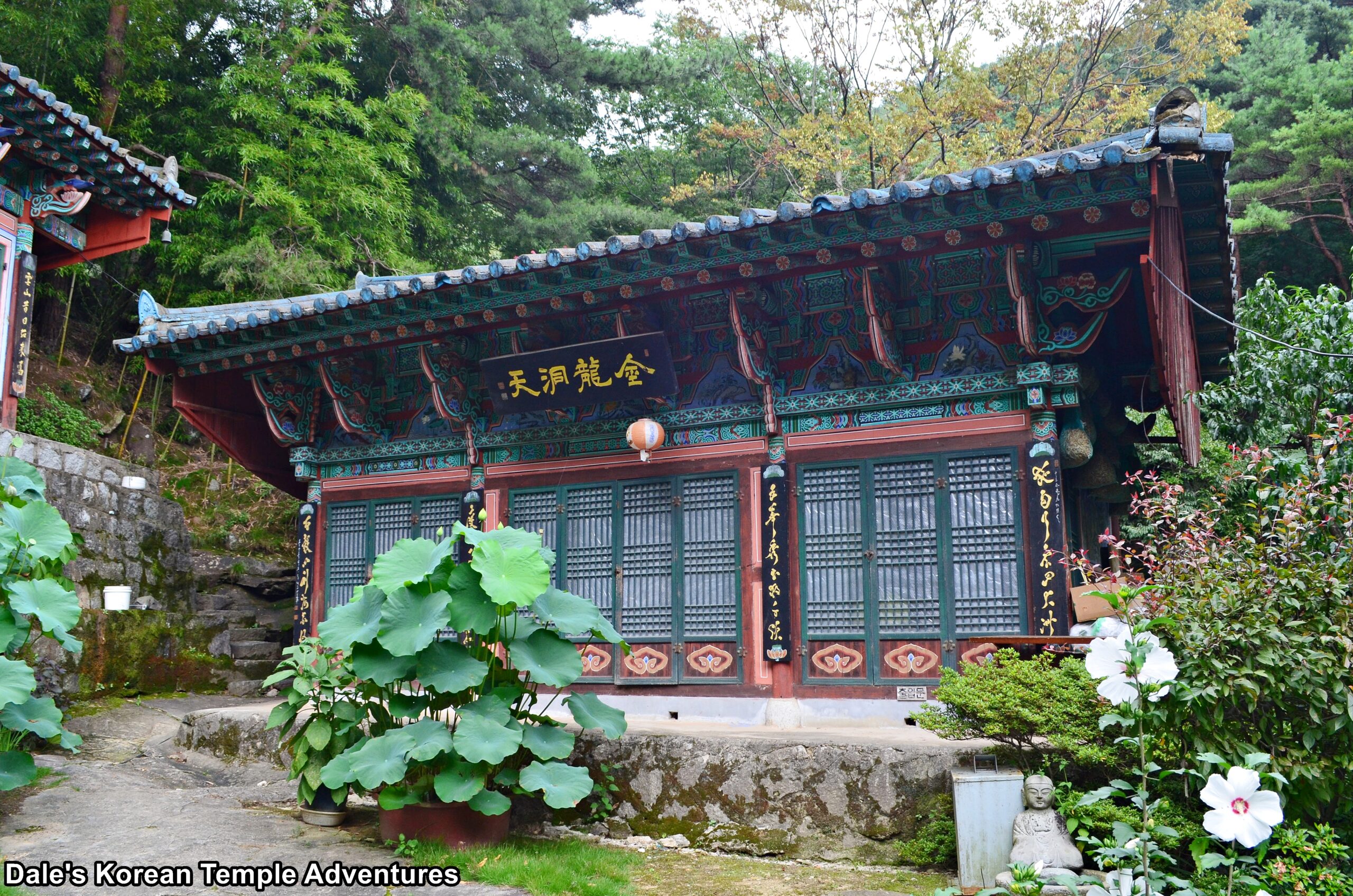
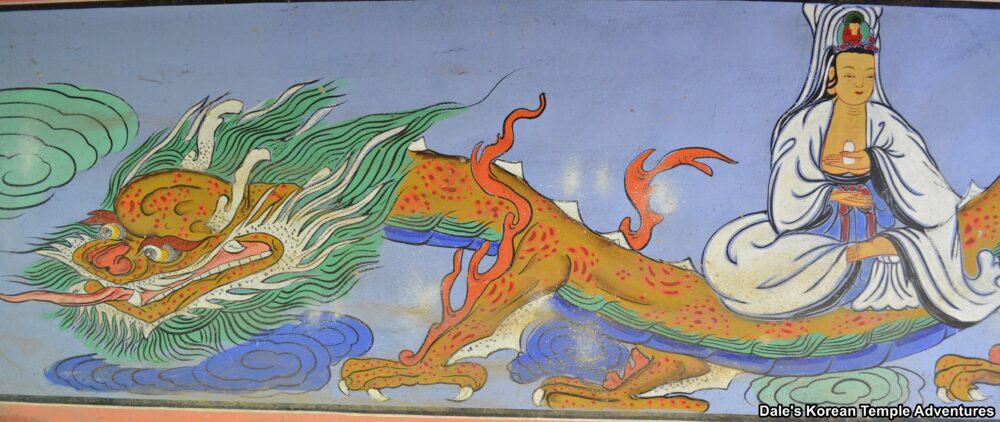
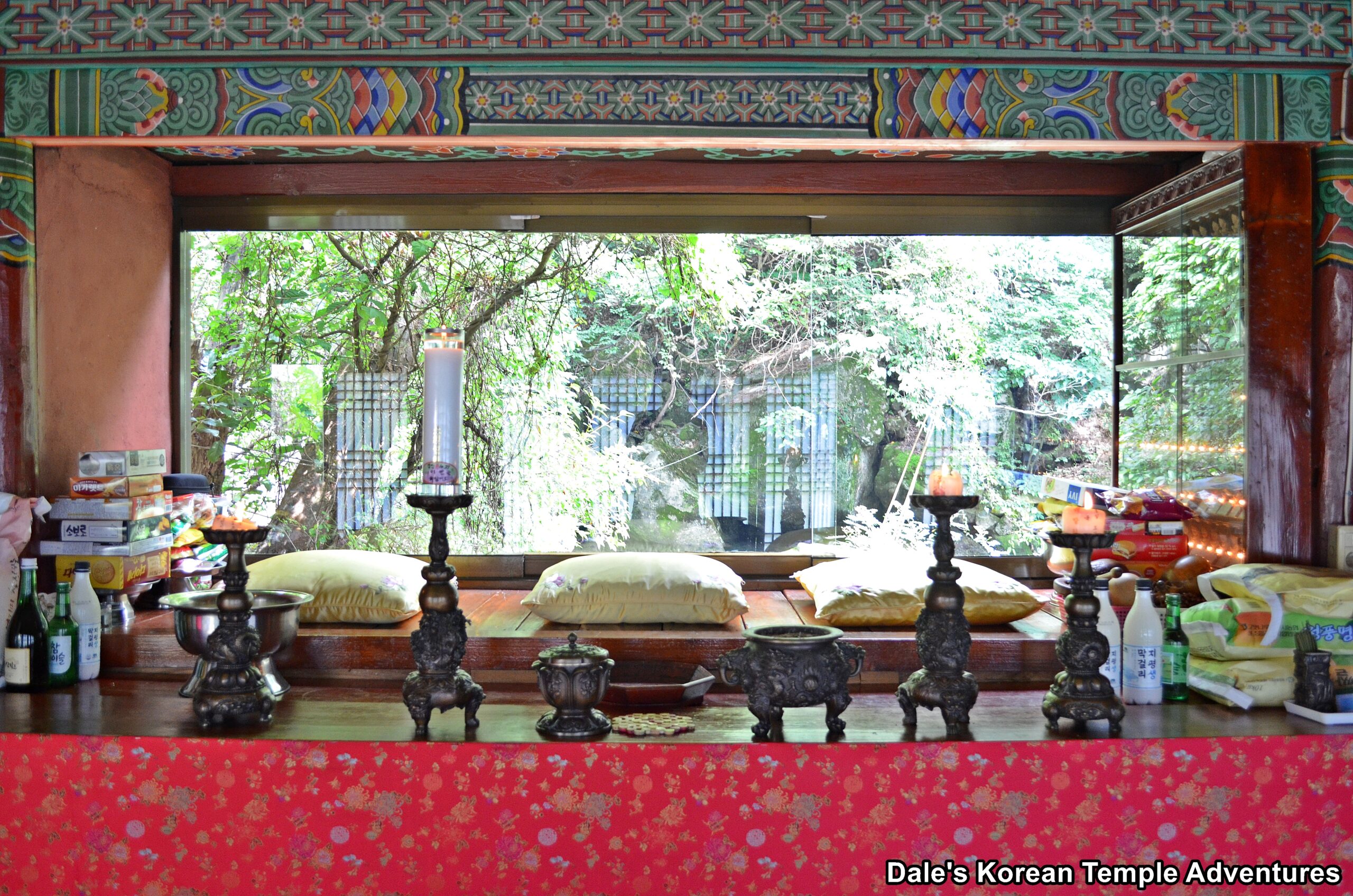
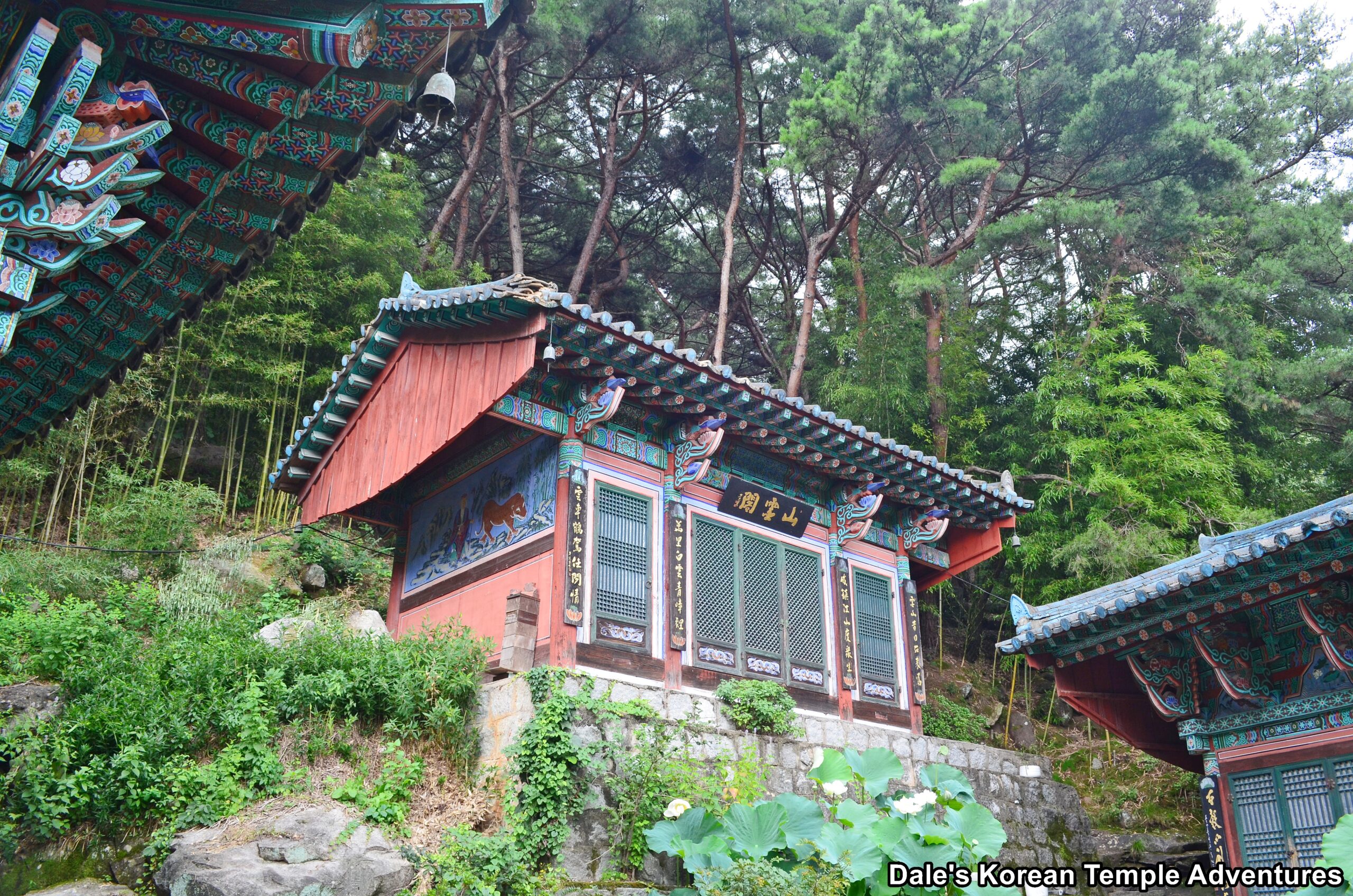
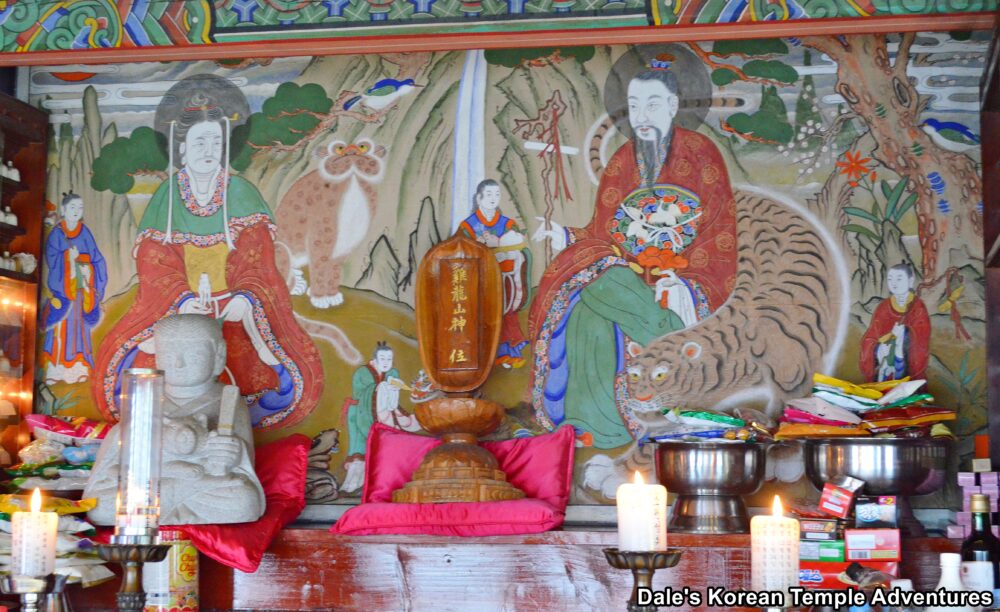
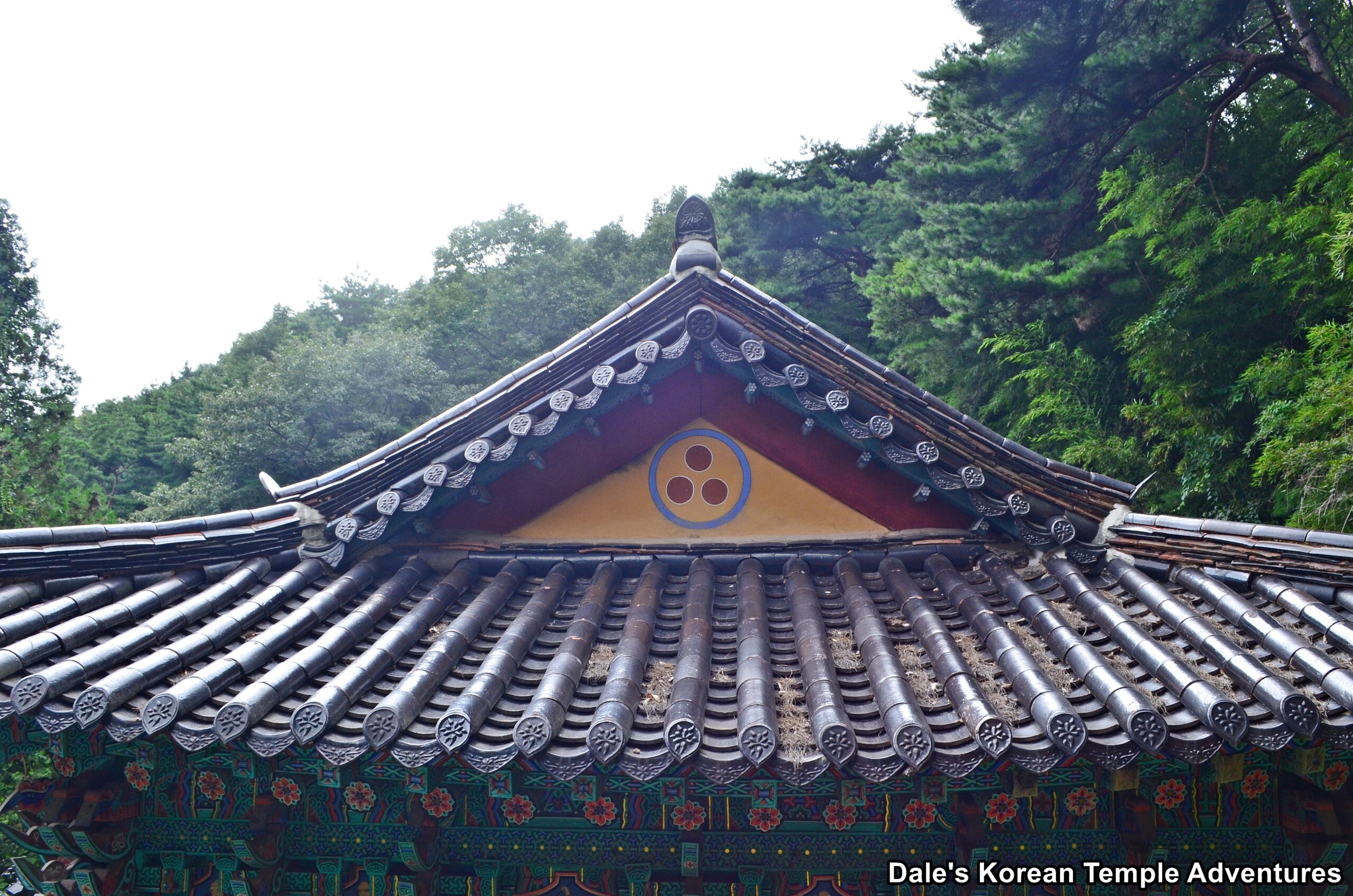
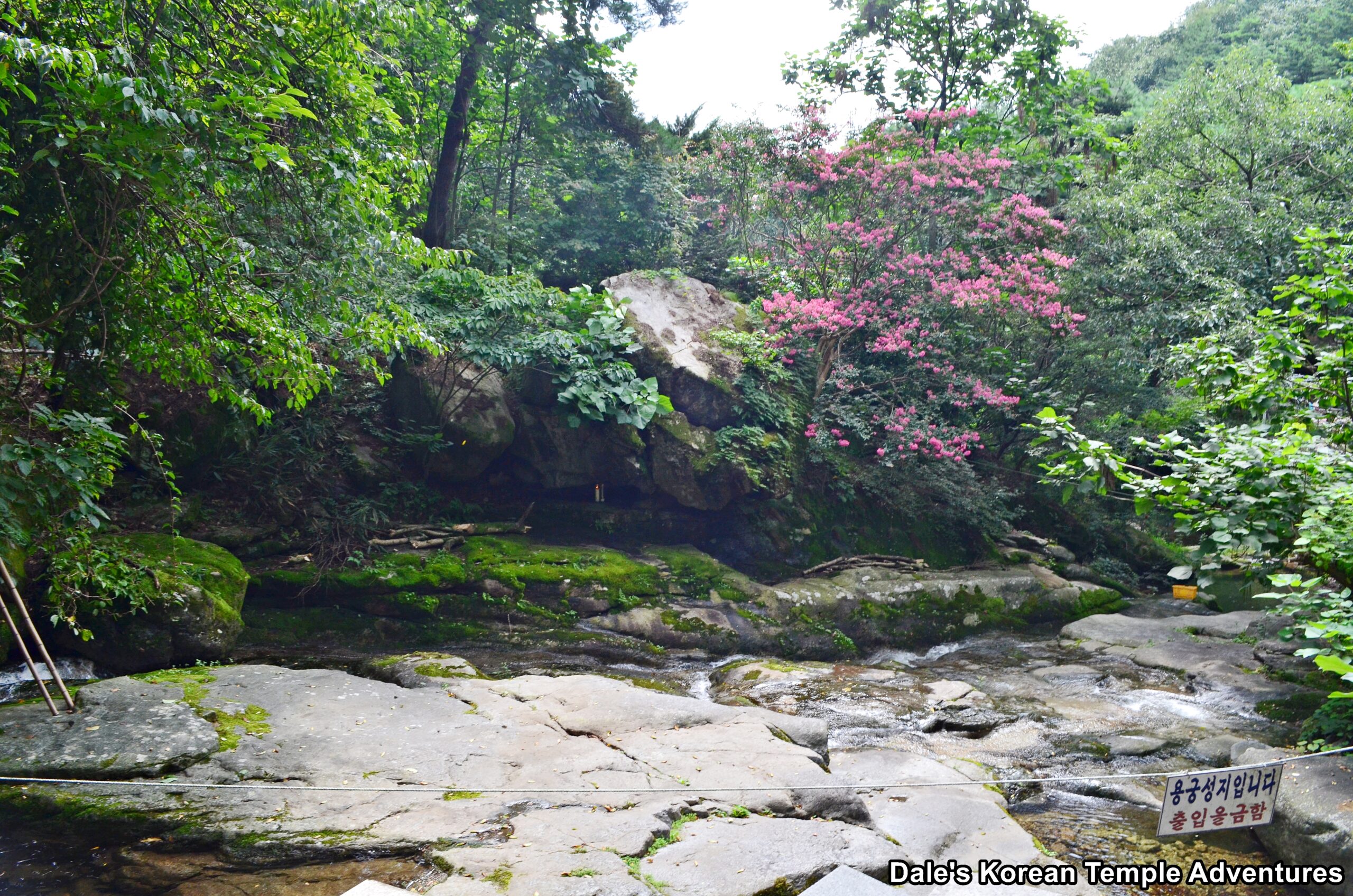
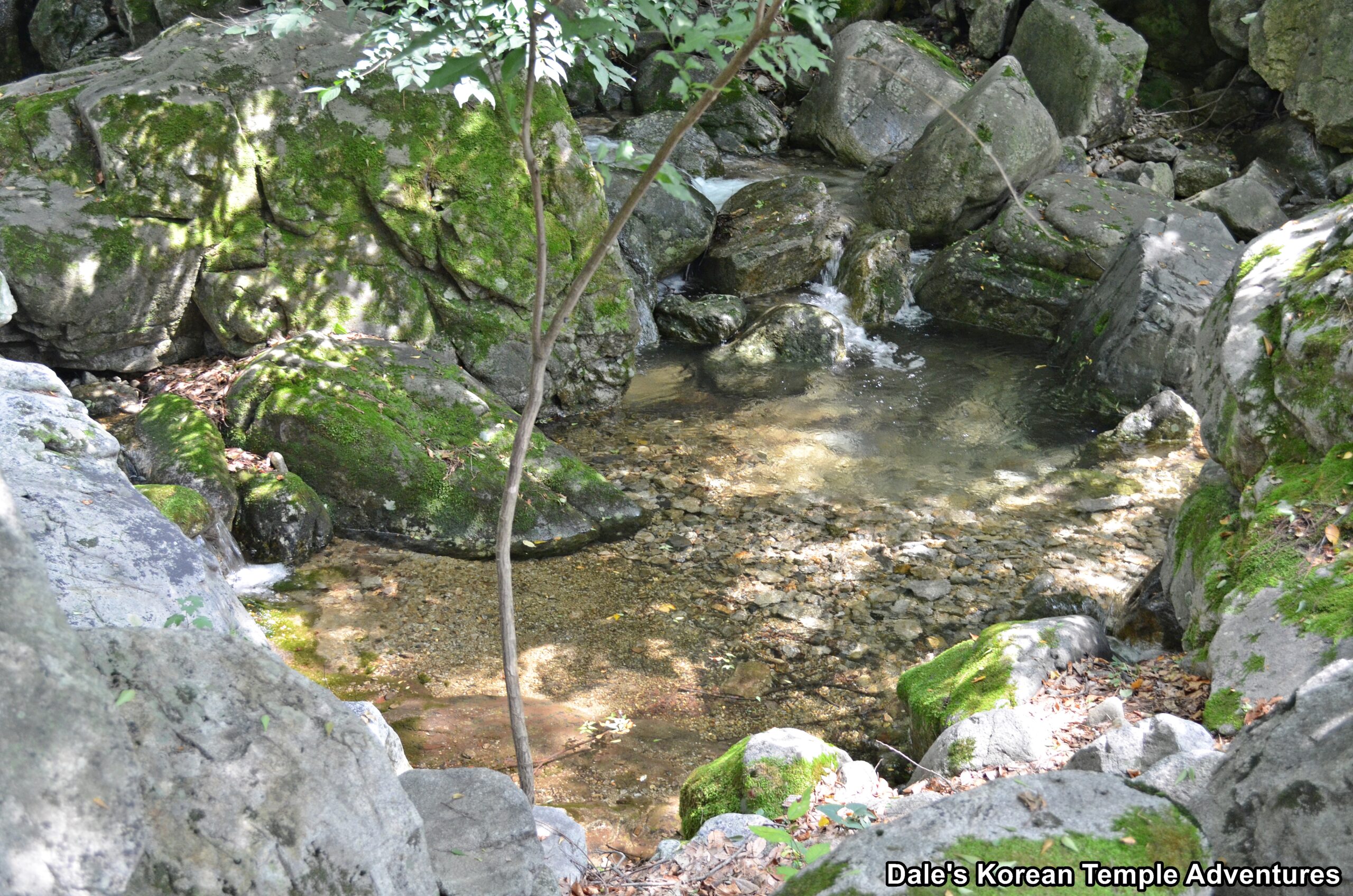
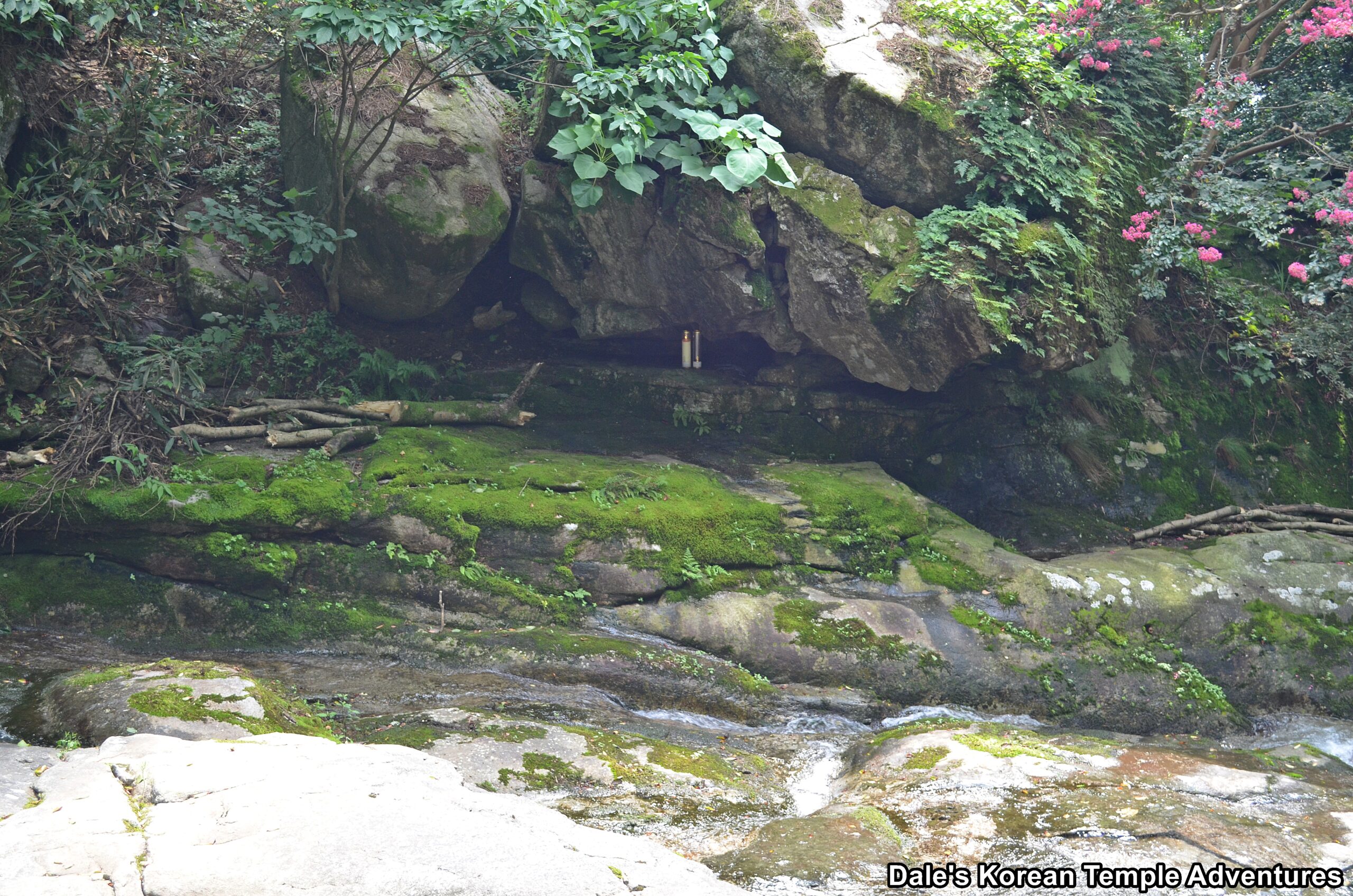


Recent comments